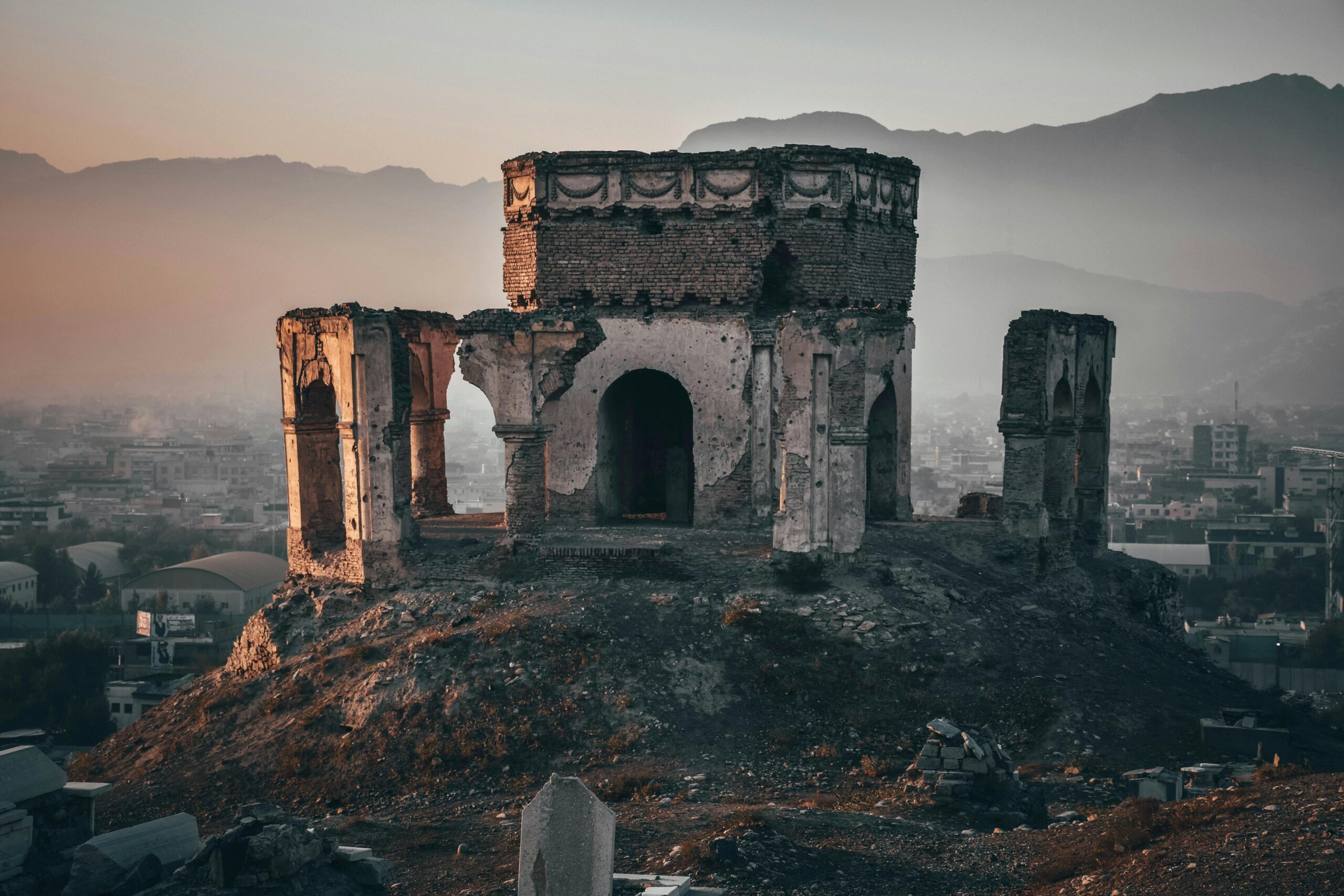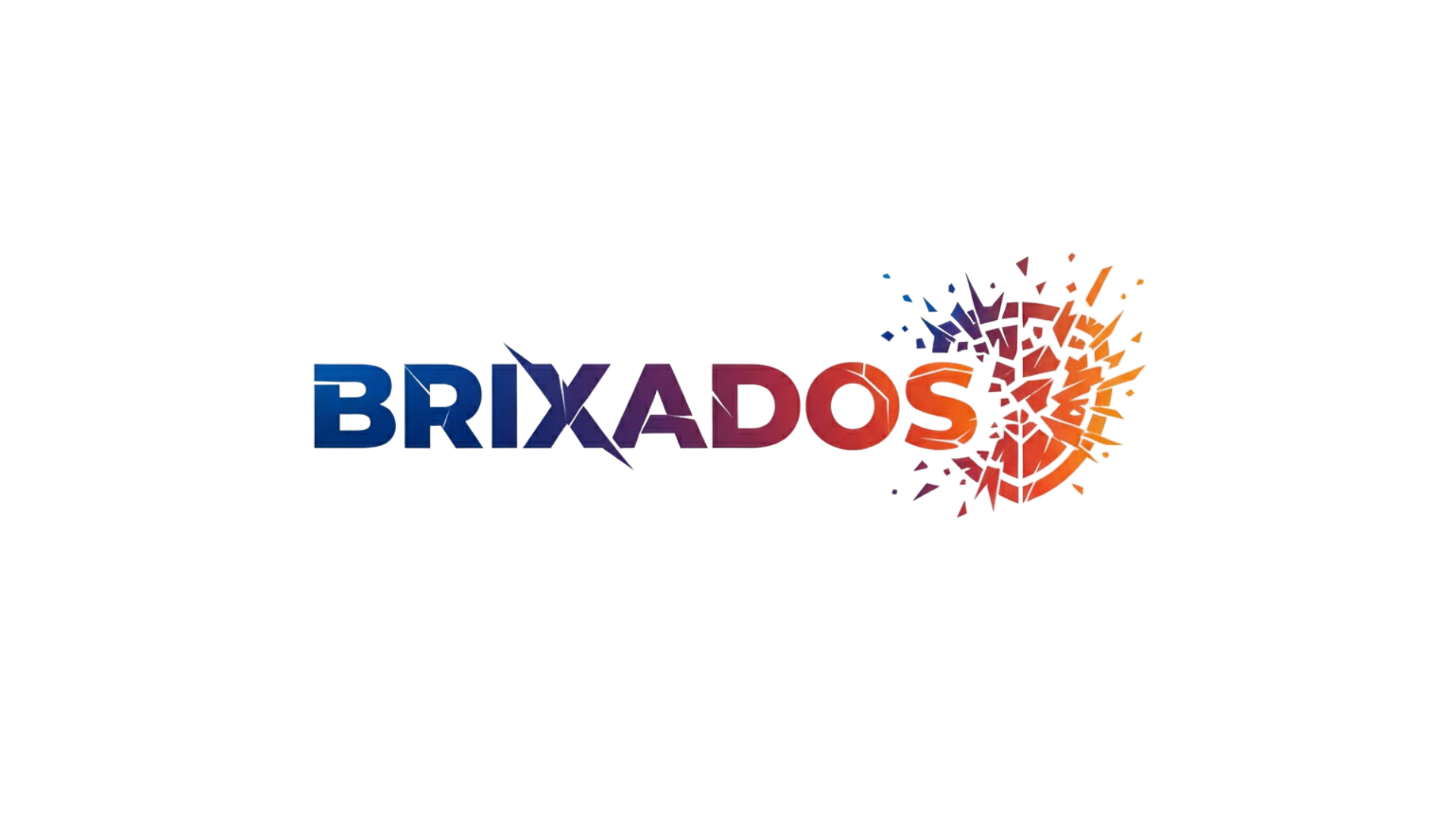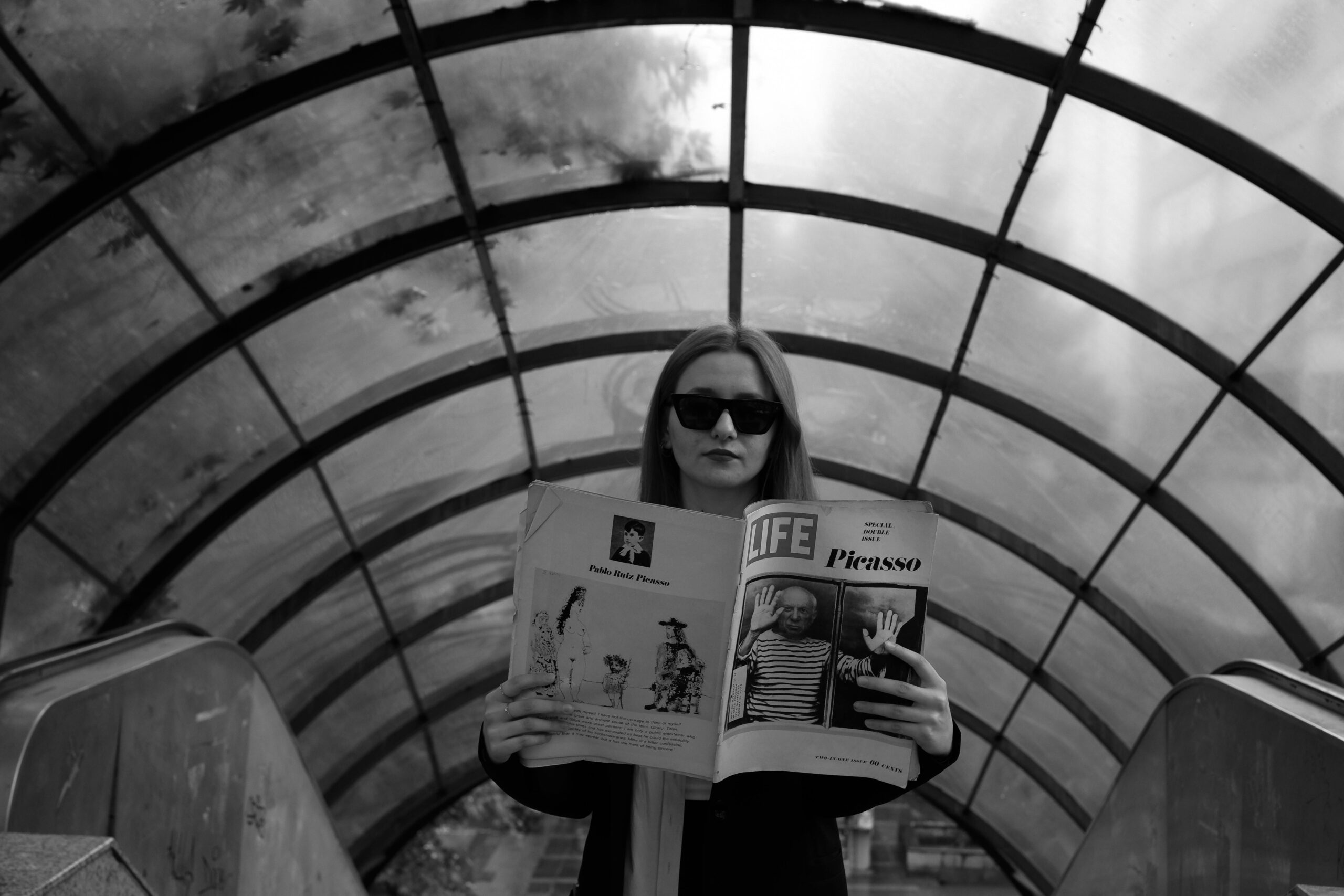Ancient civilizations possessed knowledge that modern science is only beginning to understand, particularly regarding psychic structures that shaped their spiritual and architectural achievements. 🔮
The Sacred Geometry Within Ancient Minds
When we examine the remnants of ancient civilizations, we discover far more than impressive stone monuments. These cultures developed sophisticated understanding of what we might call “psychic structures”—complex systems of thought, belief, and consciousness that governed how they perceived reality itself. From the pyramids of Egypt to the temples of Cambodia, physical structures reflected internal mental architectures that facilitated altered states of consciousness and spiritual awakening.
The concept of psychic structures in ancient societies encompasses several interconnected elements: the collective unconscious shared by community members, ritualistic practices designed to access higher consciousness, architectural designs that resonated with specific brainwave frequencies, and symbolic systems that encoded deep psychological truths. These civilizations understood that the human mind could be trained, expanded, and even restructured through deliberate practices and environmental design.
Egyptian Mysteries: Temples of Transformation 🏛️
Ancient Egypt stands as perhaps the most documented civilization regarding psychic development and consciousness expansion. The Egyptian mystery schools operated for thousands of years, teaching initiates how to navigate non-physical realms and develop what they called “spiritual eyes.” These weren’t metaphorical concepts but actual practices involving meditation, breath control, and ritual that altered brain chemistry and consciousness.
The architectural design of Egyptian temples followed precise mathematical ratios that created resonant frequencies. When priests chanted specific tones within these chambers, the stone structures amplified these vibrations, inducing trance states in participants. Modern acoustic analysis of the Great Pyramid reveals it was tuned to resonate at frequencies that match the human heart and brain’s alpha waves—the state associated with deep meditation and psychic awareness.
Egyptian hieroglyphics themselves represented a psychic structure, encoding multiple layers of meaning that activated different parts of consciousness depending on the initiate’s level of training. The symbol for “ka” (life force) wasn’t merely a word but a trigger for specific meditative practices that awakened dormant psychic abilities.
The Initiation Chambers and Consciousness Expansion
The process of initiation in Egyptian mystery schools involved spending extended periods in complete darkness within specially designed chambers. Modern neuroscience confirms that such sensory deprivation dramatically increases DMT production in the pineal gland, facilitating profound visionary experiences. The ancient Egyptians systematically mapped these internal journeys, creating what amounts to a psychological cartography of expanded consciousness states.
Vedic India: Architecture of the Mind
Ancient Indian civilization developed perhaps the most sophisticated understanding of psychic structures through the Vedic tradition. The concepts of chakras, nadis, and kundalini represent detailed maps of subtle energy systems within human consciousness. These weren’t invented arbitrarily but discovered through millennia of introspective meditation practices by thousands of practitioners who compared notes and refined their observations.
The seven-chakra system describes specific psychological and spiritual centers within human consciousness, each associated with particular types of awareness, emotional patterns, and psychic abilities. When yogis speak of “opening” these centers, they describe real phenomenological experiences involving shifts in perception, emotional capacity, and intuitive function.
Vedic temples were constructed as external representations of this internal psychic structure. The temple layout from entrance to inner sanctum mirrors the journey of consciousness from mundane awareness to enlightenment, with each section designed to facilitate specific states of consciousness through architectural proportion, lighting, sound acoustics, and ritual activity.
Mandalas: Blueprints for Consciousness
The mandala tradition in Vedic and later Buddhist practice represents sophisticated psychic technology. These geometric designs aren’t merely artistic expressions but tools for restructuring consciousness. When used as meditation objects, mandalas guide awareness through specific pathways, organizing mental activity according to patterns that facilitate integration and wholeness.
Tibetan monks spend months creating intricate sand mandalas, not for the final product, but because the creation process itself restructures neural pathways. Modern neuroscience research on monks who practice mandala meditation shows measurable changes in brain structure, particularly increased connectivity between regions associated with attention, sensory processing, and emotional regulation.
Mesoamerican Psychic Technologies 🌟
The Maya, Aztec, and other Mesoamerican civilizations developed their own sophisticated approaches to psychic structures. Their calendar systems weren’t merely timekeeping devices but maps of consciousness cycles, tracking how different temporal periods influenced human psychological and spiritual experience.
The Mayan concept of “Hunab Ku”—the galactic consciousness that coordinates all awareness—reflects a cosmopsychology where individual minds participate in universal consciousness structures. Their pyramids functioned as astronomical observatories but also as devices for aligning human consciousness with cosmic cycles, particularly during equinoxes and solstices when specific light phenomena occurred within temple chambers.
The practice of bloodletting among Mayan royalty, while disturbing to modern sensibilities, represented a technology for inducing altered states. The endorphin release combined with ritual context facilitated visionary experiences that connected practitioners with what they perceived as divine consciousness. Similar practices exist across many ancient cultures, suggesting independent discovery of biochemical pathways to expanded awareness.
The Vision Serpent and Shamanic Consciousness
Mayan art frequently depicts the “vision serpent”—a entity encountered during altered states that conveyed knowledge and prophecy. This appears to be a culturally-specific manifestation of experiences reported across civilizations when accessing deep trance states. The serpent imagery relates to kundalini in Vedic tradition and the caduceus in Greek medicine, suggesting common phenomenological experiences accessed through different cultural frameworks.
Greek Mystery Schools: Eleusis and Beyond
Ancient Greece housed several mystery traditions that promised initiates direct experience of divine consciousness. The Eleusinian Mysteries, celebrating Demeter and Persephone, operated for nearly 2,000 years and profoundly influenced Greek philosophy and culture. Participants reported life-changing experiences that eliminated fear of death and provided direct knowledge of spiritual realities.
Recent research suggests the “kykeon” drink consumed during Eleusinian rituals contained ergot alkaloids—natural compounds chemically similar to LSD. This would explain the powerful visionary experiences reported by initiates. However, the setting—the ritual context, architectural space, mythological framework, and guided process—was equally important in structuring these experiences toward meaningful psychological integration.
Greek philosophers like Plato and Pythagoras emphasized geometric forms as fundamental to reality. Their teaching wasn’t purely abstract but connected to psychic structures—how consciousness organizes experience through inherent patterns. The Pythagorean emphasis on mathematics and music reflects understanding that specific ratios and harmonies resonate with consciousness in profound ways.
Chinese Daoist Internal Alchemy 🎋
Daoist traditions in ancient China developed elaborate practices of “internal alchemy” designed to refine consciousness and cultivate immortality. These weren’t literal chemical processes but sophisticated psychological practices using alchemical metaphors to describe consciousness transformation.
The concept of “dan tian” or elixir fields describes specific centers within the body-mind where consciousness and life energy concentrate. Practices like qigong and tai chi cultivate awareness of these centers, developing what Daoists call “prenatal” or original consciousness—awareness before conceptual thinking fragments experience.
The Daoist emphasis on “wu wei” or effortless action represents a psychic structure where ego-driven intention gives way to spontaneous alignment with natural patterns. This isn’t passivity but a refined state of consciousness where one acts effectively without the friction of self-conscious control.
The Microcosmic Orbit and Energy Circulation
Daoist meditation practices map precise pathways for circulating consciousness and energy through the body. The “microcosmic orbit” describes how focused attention can be guided through specific routes, creating sensations of warmth, tingling, or light. These aren’t imaginary but reflect actual neurological and vascular changes induced by directed attention combined with breath control.
Aboriginal Australian Dreamtime Consciousness
Australian Aboriginal cultures maintained unbroken spiritual traditions for over 60,000 years—the longest continuous culture in human history. Their concept of “Dreamtime” or “Dreaming” describes a mode of consciousness where past, present, and future coexist, and the spiritual and physical worlds interpenetrate.
Dreamtime isn’t mythological past but an ever-present dimension accessible through specific practices, songs, and ceremonies. Aboriginal people navigated vast territories using “songlines”—paths encoded in song that describe landscape features but also contain spiritual knowledge and serve as mnemonic devices for complex cultural information.
The Aboriginal understanding that landscape and consciousness are inseparable—that places possess spiritual presence and that human awareness extends beyond individual ego—represents a psychic structure fundamentally different from Western individualism. Their practices demonstrate how consciousness can be organized around relationship and interconnection rather than separation and autonomy.
Common Threads: Universal Psychic Patterns 🌍
Examining these diverse traditions reveals striking commonalities suggesting universal structures within human consciousness:
- Recognition of multiple states or levels of consciousness beyond ordinary waking awareness
- Understanding that consciousness can be deliberately trained and expanded through practice
- Use of rhythm, sound, and architecture to facilitate altered states
- Mapping of internal psychological geography using spatial and bodily metaphors
- Integration of individual consciousness with larger collective or cosmic consciousness
- Emphasis on direct experiential knowledge rather than mere belief
- Recognition that symbols and rituals can restructure consciousness
These commonalities suggest that ancient civilizations independently discovered similar truths about consciousness through systematic investigation. They developed what we might call applied consciousness technologies—practical methods for accessing and utilizing expanded states of awareness.
Modern Neuroscience Confirms Ancient Wisdom
Contemporary neuroscience increasingly validates ancient understanding of psychic structures. Brain imaging studies of meditation practitioners show measurable changes in brain activity and structure corresponding to subjective experiences described in ancient texts. The default mode network—a brain system associated with self-referential thinking—shows decreased activity during meditation, corresponding to reports of ego dissolution and expanded awareness.
Research on psychedelics, increasingly accepted as therapeutic tools, reveals that these substances don’t create arbitrary experiences but facilitate access to what appears to be inherent structures within consciousness. The geometric patterns, encounters with entities, and mystical experiences reported show remarkable consistency across cultures and time periods, suggesting they reflect something about consciousness itself rather than cultural conditioning alone.
Studies of how architecture affects consciousness confirm that ancient builders understood psychoacoustics and environmental psychology. The resonant frequencies of temple chambers, the specific ratios used in sacred geometry, and the lighting conditions of initiation spaces all demonstrably affect brain activity and subjective experience.
Practical Applications for Contemporary Life ✨
Understanding psychic structures from ancient civilizations offers practical value beyond historical interest. These traditions provide time-tested methods for developing attention, emotional regulation, intuition, and well-being. Meditation practices derived from ancient traditions show clinical efficacy for anxiety, depression, and stress-related conditions.
The ancient emphasis on ritual and symbolic practice addresses a need in modern life—the human requirement for meaning-making and transformative experiences. Contemporary interest in yoga, meditation, and ceremonial practices reflects recognition that rationalism and materialism alone don’t fulfill deeper psychological needs.
Ancient understanding that environment shapes consciousness has applications in architecture, urban planning, and interior design. Creating spaces that support psychological well-being rather than merely economic efficiency could dramatically improve quality of life.
Preserving and Recovering Lost Knowledge
Much knowledge about psychic structures has been lost through colonization, religious persecution, and modernization. Indigenous traditions worldwide preserve fragments of sophisticated consciousness practices developed over millennia. Efforts to document and preserve these traditions serve not merely historical interest but practical necessity—this knowledge may prove essential for human development.
The challenge lies in translating ancient practices into contemporary contexts without losing their essential power. Simply adopting superficial forms without understanding underlying principles produces ineffective imitations. Conversely, dismissing traditional forms entirely in favor of purely secular approaches may miss crucial elements that make practices effective.
Interdisciplinary collaboration between anthropologists, neuroscientists, psychologists, and traditional practitioners offers the best path forward—respecting ancient wisdom while applying modern scientific understanding to verify and refine these practices.

The Future of Consciousness Exploration 🚀
As humanity faces unprecedented challenges requiring new levels of cooperation, creativity, and wisdom, ancient knowledge about psychic structures may prove invaluable. The capacity to access expanded states of consciousness, integrate individual and collective awareness, and perceive reality beyond narrow materialist constraints could be essential for human survival and flourishing.
Technology increasingly offers tools for consciousness exploration—biofeedback devices, virtual reality environments for meditation, and brain stimulation techniques. These innovations work best when informed by ancient understanding rather than dismissing traditional wisdom as primitive superstition.
The mysteries explored by ancient civilizations weren’t riddles to be solved but invitations to direct experience. Their psychic structures weren’t beliefs to adopt but maps for navigation through consciousness itself. By engaging seriously with this ancient knowledge while applying contemporary scientific rigor, we can recover lost capacities and develop new potentials within human awareness.
The temples, texts, and traditions left by our ancestors weren’t merely historical artifacts but gifts—tools and teachings for those willing to undertake the inner journey they mapped so carefully. In exploring these psychic structures across ancient civilizations, we discover not just their wisdom but our own latent capacities, waiting to be awakened through practice, dedication, and courage to venture beyond the familiar boundaries of everyday consciousness.
Toni Santos is a myth-psychology researcher and narrative writer exploring how archetypes, symbols and human story converge to shape mind, culture and meaning. Through his studies on the collective unconscious, comparative mythology and symbolic dream interpretation, Toni examines how the myths we tell reflect the patterns we live — and how awareness of these patterns can spark transformation. Passionate about hero’s journeys, mythic motifs and dream-language, Toni focuses on how story acts as both mirror and map for inner depth and growth. His work highlights the bridges between myth, psyche and culture — guiding readers toward a deeper encounter with themselves and the stories they carry. Blending psychology, mythology and narrative theory, Toni writes about the hidden architecture of meaning — helping readers understand how symbols, stories and dreams shape experience and identity. His work is a tribute to: The power of myth to reveal the unseen structures of psyche The journey from archetype to individual lived story The art of dream-language as a path to wholeness Whether you are a storyteller, psychologist or traveller in the inner landscape, Toni Santos invites you to explore the mythic dimension of mind — one symbol, one myth, one insight at a time.



